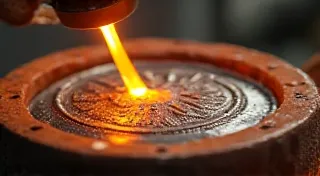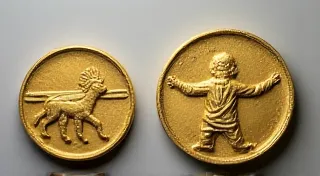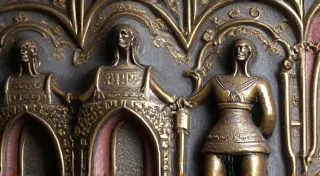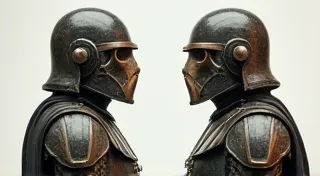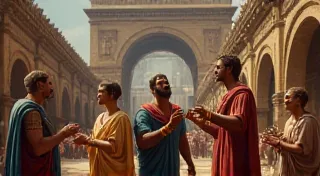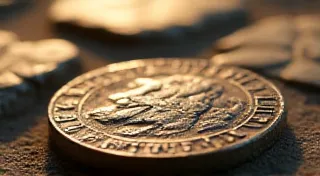The History of Roman Coinage: Inspiration for Your Replicas
Creating accurate Roman coin replicas is more than just a craft project; it’s a journey into the heart of the Roman Empire. Understanding the history behind these coins – who issued them, what they depicted, and the events that influenced their designs – will profoundly enhance your replicas and connect you with a fascinating period of history. This article explores the evolution of Roman coinage and provides invaluable inspiration for your crafting endeavors.
From Bronze to Gold: The Early Years
Roman coinage didn't emerge spontaneously. It evolved from earlier forms of exchange, such as bartering and the use of precious metals as a store of value. The earliest Roman coins, dating back to the 3rd century BC, were primarily bronze and were quite rudimentary. They often depicted Roman deities or symbolic representations of the state. These early coins were primarily used for paying soldiers and conducting trade within Italy.
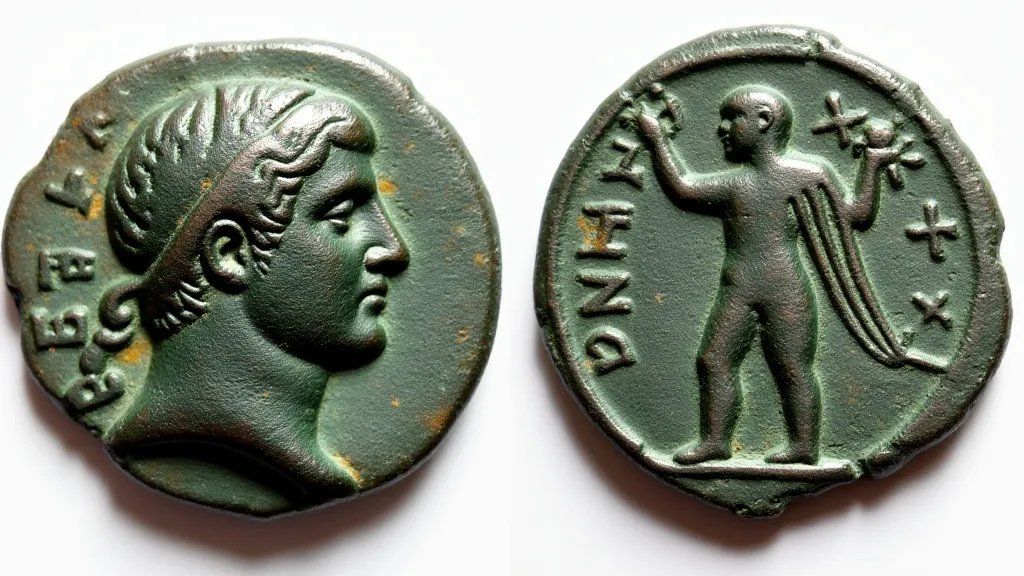
The Silver Standard and Expansion
The transition to silver coinage, starting around 200 BC, marked a significant development. The denarius, a silver coin, became the standard currency and facilitated trade throughout the expanding Roman Republic. These coins increasingly featured portraits of magistrates, providing a fascinating glimpse into the faces of Roman leaders. The increasing complexity of the Republic is reflected in the types of designs on the coinage.
The Imperial Era: Portraits and Propaganda
With the rise of the Roman Empire, coinage transformed into a powerful tool for imperial propaganda. Emperors began to feature their portraits on coins, disseminating their image and reinforcing their authority throughout the vast empire. The portraits weren't just likenesses; they were carefully crafted representations intended to project an image of strength, wisdom, and piety. Coin types also depicted victories in battle, building projects, and imperial family members – all serving to solidify the emperor’s reign. The evolution of imperial portraiture on coins is a story in itself, reflecting changing artistic styles and imperial ambitions.
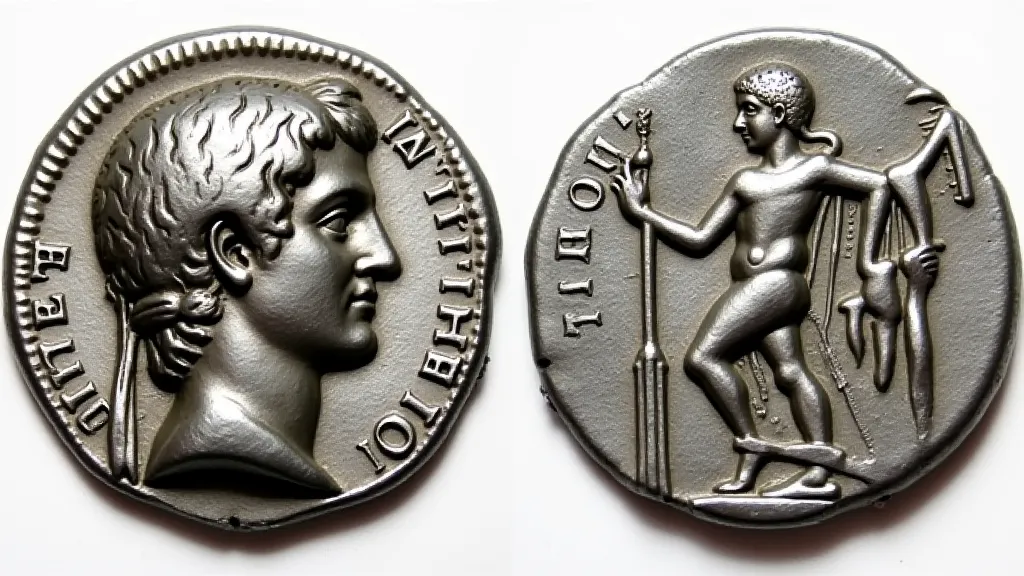
Types and Symbolism: Deciphering the Designs
Beyond portraits, Roman coins were rich in symbolism. Deities, emperors’ virtues, military triumphs, and allegorical figures were common motifs. Understanding this symbolism is crucial for creating authentic replicas. For example, the depiction of Victory often celebrated military successes, while the goddess Concordia (harmony) represented the stability of the empire. The reverse sides (the back) of coins often featured images relating to specific events or the emperor's policies. Pay close attention to these details when attempting a replica!
Gold Coinage: A Sign of Prosperity
Gold coins, such as the aureus, were typically reserved for special occasions or used to pay higher-ranking officials. The use of gold showcased the empire's wealth and power. The artistry on gold coins was often exquisite, reflecting the value of the precious metal. Examining these coins provides insights into Roman luxury and imperial finances.
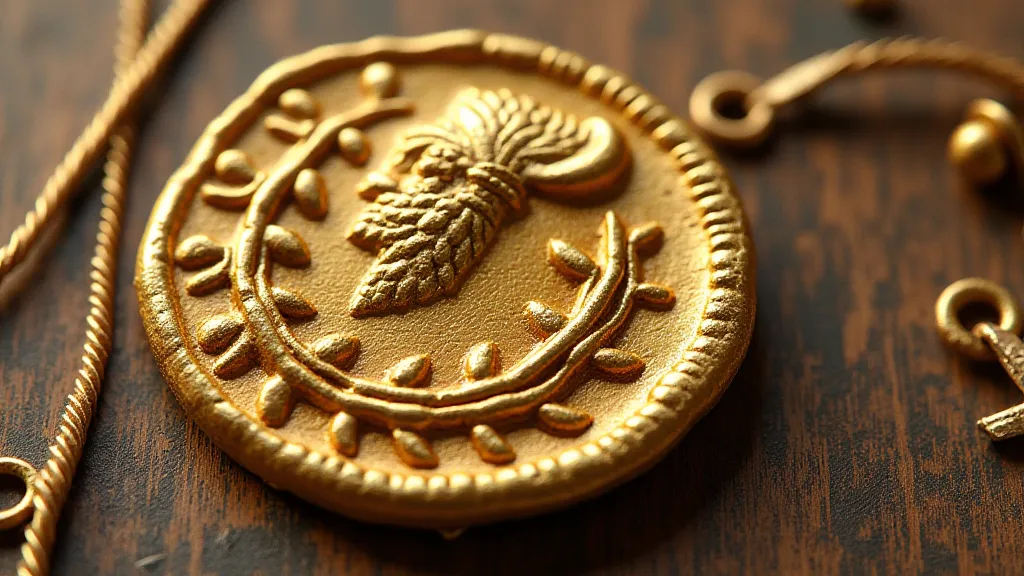
Replicating Roman History
As you embark on your coin-replicating journey, remember that each coin tells a story. Dive deeper into the historical context of the coin you're recreating. Consider the emperor's reign, the events unfolding at the time, and the messages the coin was intended to convey. This historical understanding will not only improve the accuracy of your replicas but also enrich your appreciation for the Roman Empire and its legacy. Don’t just create a copy; create a tangible link to the past.
Good luck with your crafting and happy history-making!
